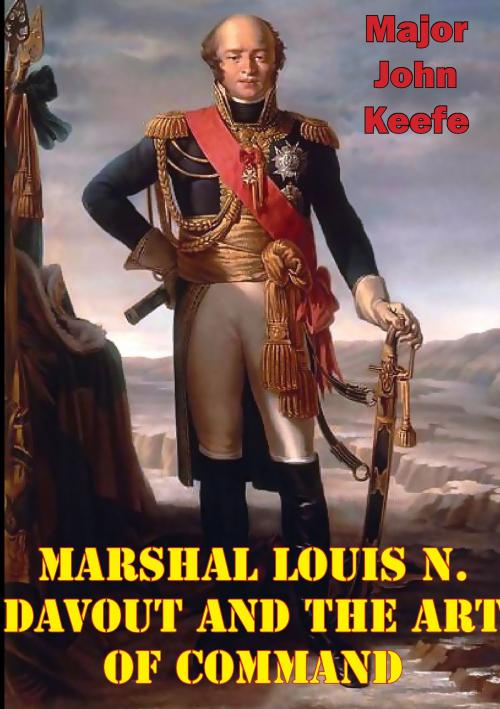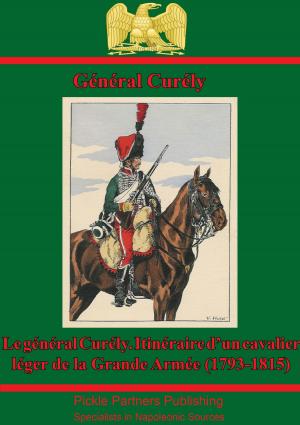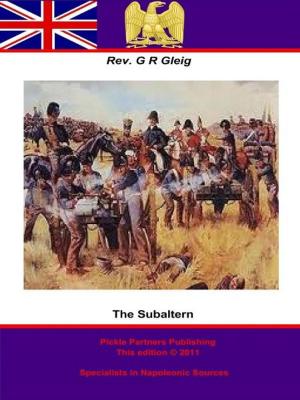Marshal Louis N. Davout And The Art Of Command
Nonfiction, History, Spain & Portugal, France, Military| Author: | Major John M. Keefe | ISBN: | 9781782897484 |
| Publisher: | Wagram Press | Publication: | November 6, 2015 |
| Imprint: | Wagram Press | Language: | English |
| Author: | Major John M. Keefe |
| ISBN: | 9781782897484 |
| Publisher: | Wagram Press |
| Publication: | November 6, 2015 |
| Imprint: | Wagram Press |
| Language: | English |
This paper involves an in-depth study of the art of command at all three levels of warfare. It examines this art through the eyes of one of Napoleon’s ablest Marshals, Louis N. Davout. The paper addresses and accomplishes three primary goals. First, it defines the art of command and shows its relevance to modern day warfare. Second, the paper shows that Marshal Davout was the best of Napoleon’s generals and had an art of command that rivaled the Emperor himself. Finally, the paper demonstrates how Davout was instrumental in winning the battle of Abensberg-Eckmühl.
The study proves that Marshal Davout displayed an art of command at Abensberg-Eckmühl that ensured success for Napoleon during the early phases of his Austrian campaign of 1809. It does this through a detailed analysis of his actions throughout the five days of fighting from April 19 to April 23, 1809. The study then draws conclusions to help define the art of command from Davout’s actions.
This paper involves an in-depth study of the art of command at all three levels of warfare. It examines this art through the eyes of one of Napoleon’s ablest Marshals, Louis N. Davout. The paper addresses and accomplishes three primary goals. First, it defines the art of command and shows its relevance to modern day warfare. Second, the paper shows that Marshal Davout was the best of Napoleon’s generals and had an art of command that rivaled the Emperor himself. Finally, the paper demonstrates how Davout was instrumental in winning the battle of Abensberg-Eckmühl.
The study proves that Marshal Davout displayed an art of command at Abensberg-Eckmühl that ensured success for Napoleon during the early phases of his Austrian campaign of 1809. It does this through a detailed analysis of his actions throughout the five days of fighting from April 19 to April 23, 1809. The study then draws conclusions to help define the art of command from Davout’s actions.






![Cover of the book Bonaparte In Egypt [Illustrated Edition] by Major John M. Keefe](https://www.kuoky.com/images/2016/july/300x300/9781786259820-wPwr_300x.jpg)








